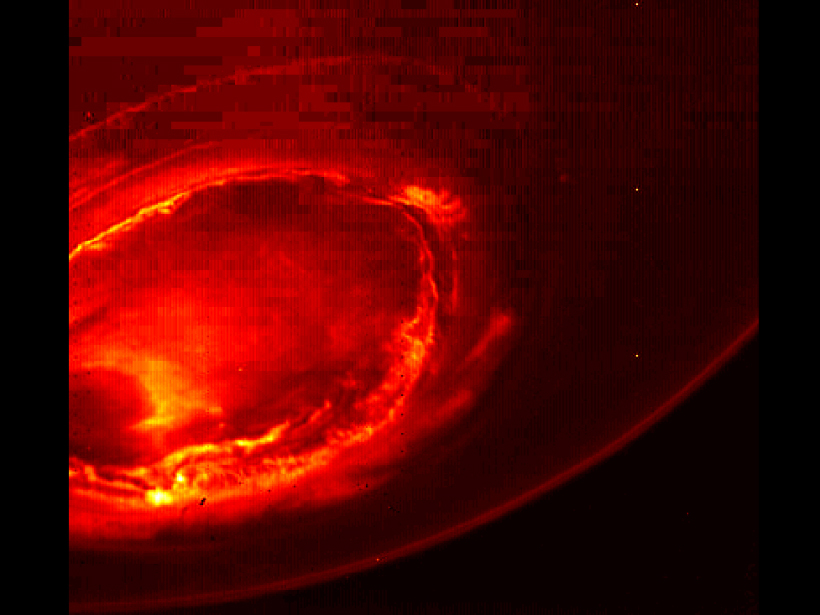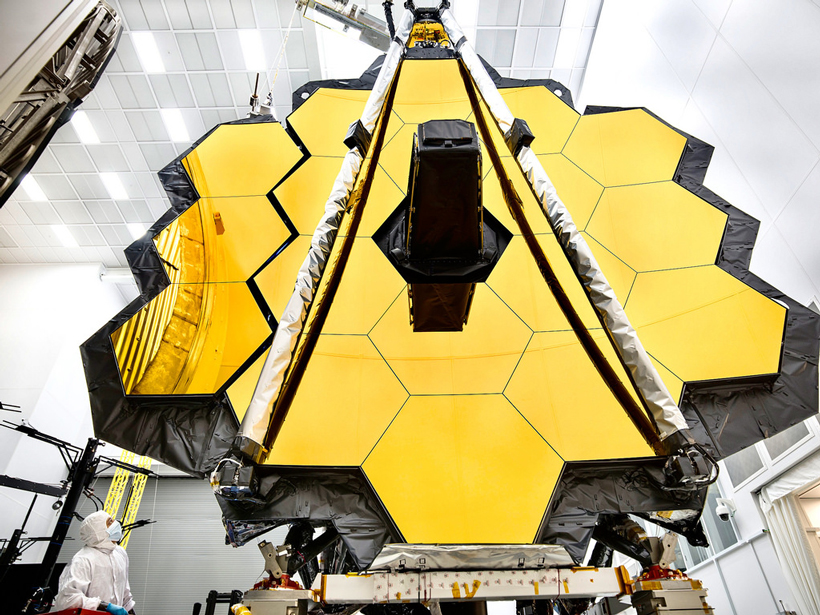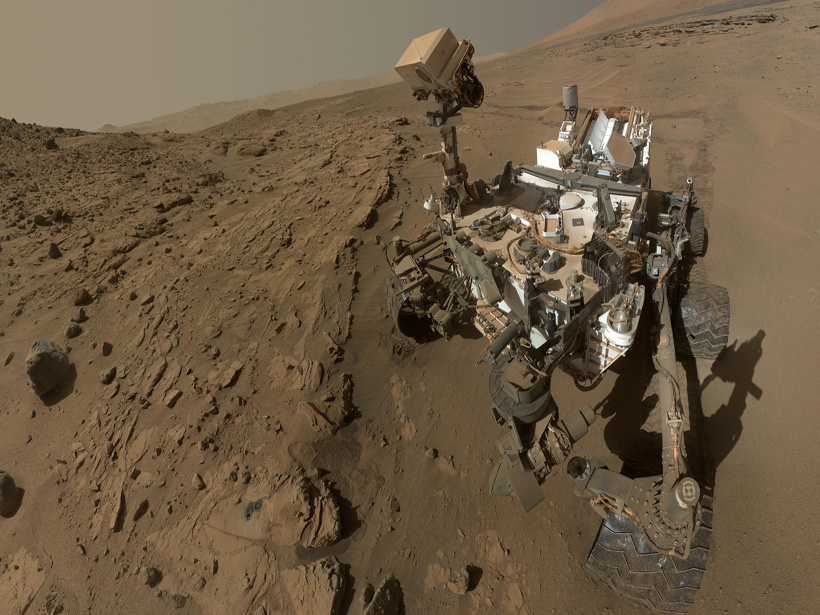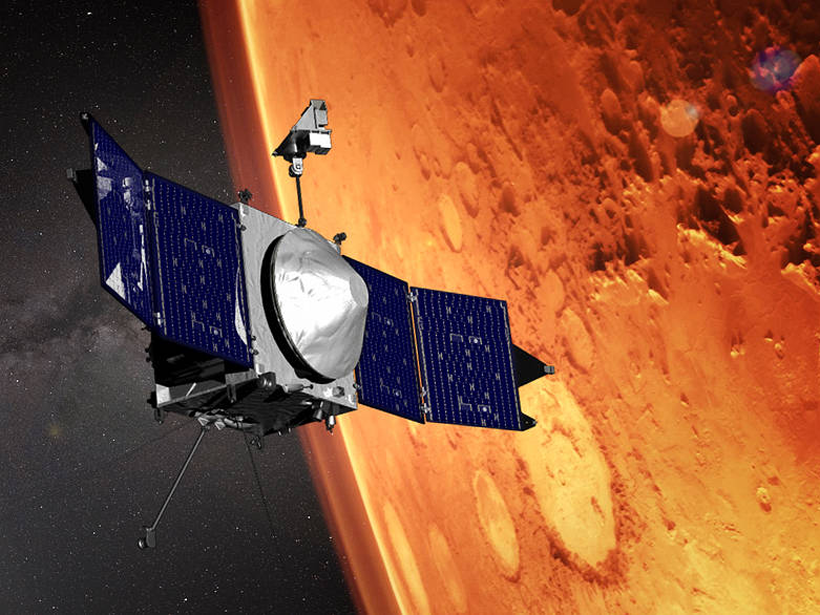The unexpected character of the beams, revealed by NASA’s Juno spacecraft, suggests that the processes that produce Jupiter’s auroras are unlike those on Earth.
NASA
Planetary Science Up, Earth Science Down in Proposed NASA Budget
The agency’s acting administrator says that the fiscal year 2018 White House budget request tells NASA to stay the course.
Proposed Federal Budget Heightens Hurricane Risk
The health, welfare, and livelihood of millions depend upon our elected officials’ continued and robust support for hurricane research.
Insights into the Habitability of Mars
NASA’s Curiosity rover explored the Kimberley region of Mars to search for signs that the planet was once habitable.
Spacecraft Returns Its First Data on Martian Solar Irradiance
Scientists demonstrate the capabilities and limitations of the mathematical model used to calculate solar irradiance using measurements from NASA’s Mars Atmosphere and Volatile Evolution (MAVEN).
What to Expect from Cassini's Final Views of Titan
Cassini will fly close to Saturn's largest moon one last time. Here's a look back at what the spacecraft has revealed and ahead to scientists' final close glimpses of the moon.
Why It’s Time for a New Mission to Venus
A packed session entitled "Unveiling Venus" at the recent Lunar and Planetary Science Conference shows renewed interest in our sister planet.
Earth Science Budget Woes Cast a Shadow on Planetary Scientists
NASA's record-high proposed planetary science budget didn't quell the fears scientists have about cuts to Earth sciences.
New Images of Pan, Saturn's Walnut Moon, in Unprecedented Detail
The finely detailed images can help future scientists study small bodies with weak gravity.
Apollo 11 Command Module Goes on Tour
The exhibit includes Buzz Aldrin's gloves and an injector plate from the rocket's first-stage engine, which was recovered from the bottom of the Atlantic Ocean.










